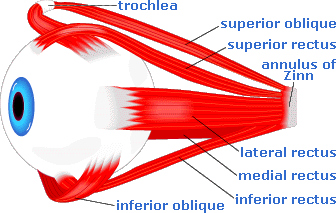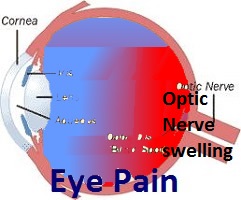

It’s localized at the base of your eyelashes and is often due to an infected hair follicle. An external stye happens on the exterior of your upper or lower eyelid. Styes can affect any part of your eyelid, including the area close to the corner of your eye. It’s caused by a bacterial infection, typically by Staphylococcus (staph) species. Some potential treatment options include:Ī stye is a painful bump that affects your eyelid. Pinguecula and pterygium often don’t need treatment unless they cause significant discomfort or affect your vision. redness and swelling in the affected area.discomfort in the affected area of your eye, which can include feelings of:.

In addition to the characteristics described above, you may notice the following if you have a pinguecula or pterygium: It can sometimes grow large enough to cover part of your cornea, which can affect your vision. A pterygium is made up of fleshy tissue and may also contain blood vessels. While often asymptomatic, a pinguecula can sometimes become inflamed and cause symptoms. Pinguecula and pterygium each have different characteristics: However, they can grow at the outer corner of your eye as well. They often start at the inner corner of your eye, closest to your nose. It’s believed that these growths are caused by exposure to things like sunlight, wind, and dust or sand. The conjunctiva is the clear tissue that covers the white part of your eye. Pinguecula and pterygium are two benign (noncancerous) types of growths that occur on your eye’s conjunctiva. Surgery may be recommended if you have repeated infections. You may also be instructed to apply a warm compress or gently massage the affected area. Oral antibiotics can help treat the bacterial infection. crusting around your eyelids or eyelashes.inflammation and redness at the inner corner of your eye.tenderness or pain around the inner corner of your eye.Dacryocystitis is often caused by bacteria, typically Staphylococcus (staph) and Streptococcus (strep) species. This can lead to an infection called dacryocystitis. Sometimes, germs accumulate around a blocked tear duct. a congenital blockage, meaning a baby is born with a blocked tear duct.growths in your nose, such as nasal polyps or a tumor.inflammation from conditions like conjunctivitis.When one of your tear ducts becomes blocked, tears can’t drain properly. They eventually move into your tear ducts, after which they empty into your nose.

Once they’ve done their job, tears drain away into tiny holes at the inner corner of your eye. (2019).Tears help to both lubricate and protect the surface of your eye. Acute therapy: Why not over-the-counter or other nonspecific options? You can learn more about how we ensure our content is accurate and current by reading our editorial policy. We link primary sources - including studies, scientific references, and statistics - within each article and also list them in the resources section at the bottom of our articles. Medical News Today has strict sourcing guidelines and draws only from peer-reviewed studies, academic research institutions, and medical journals and associations. A longer course may be necessary to keep inflammation levels low.


 0 kommentar(er)
0 kommentar(er)
